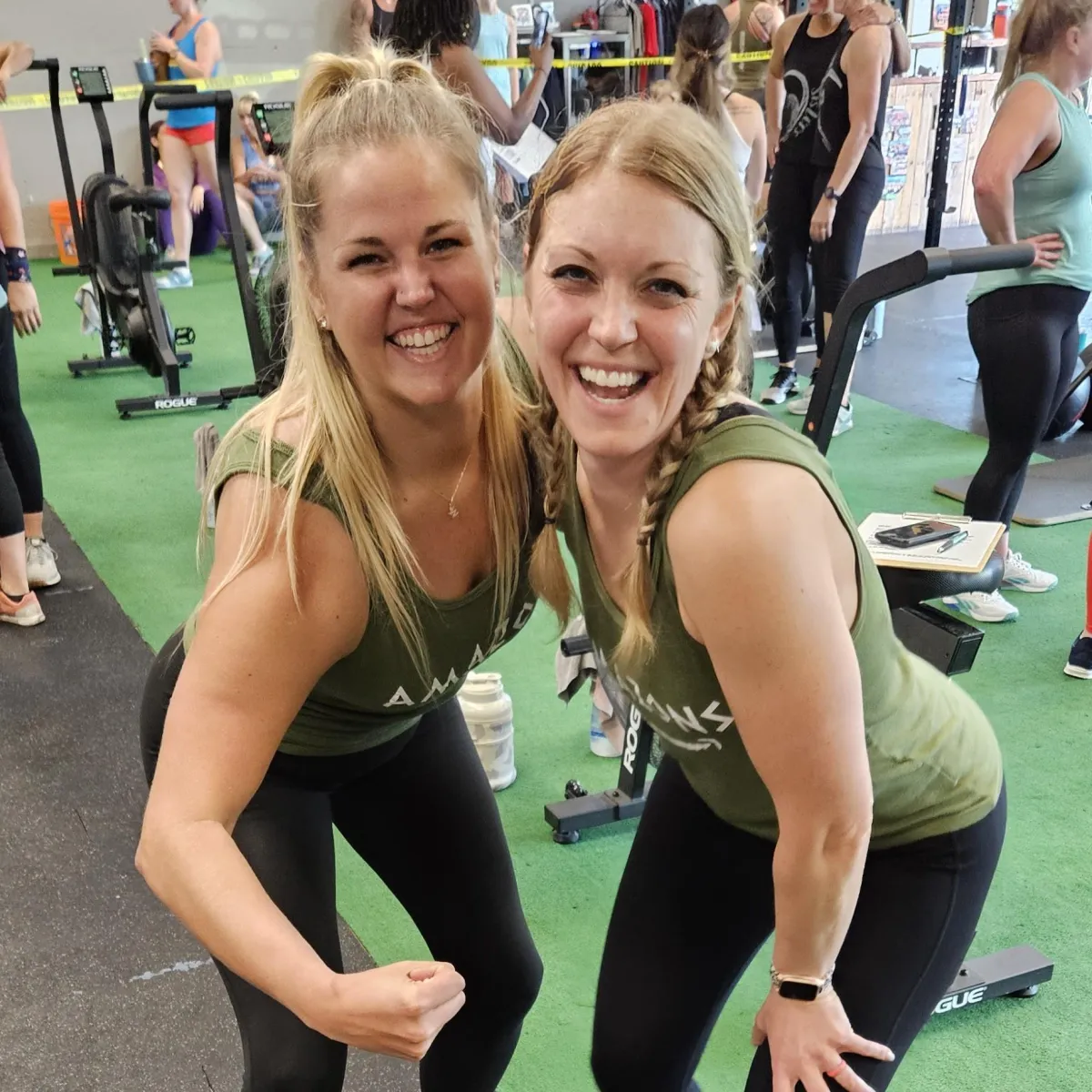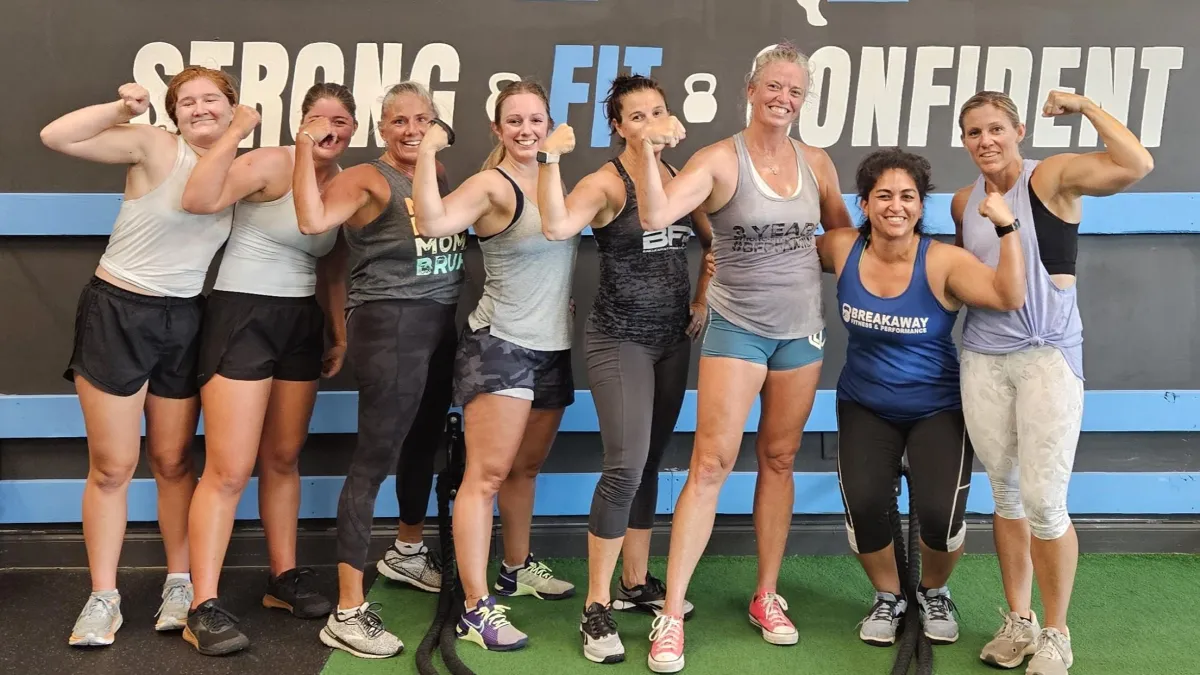WEIGHT LOSS & FITNESS BLOG

Is Strength Training Safe for Teens?
Is Strength Training Safe for Teens? Here’s the Truth (and Why the Myths Won’t Die)
Let’s get right to it. The most common question I hear from parents is, “Is strength training safe for my teen?” Short answer: yes—when it’s taught correctly, supervised by qualified coaches, and progressed smartly, strength training is not only safe, it’s one of the best things you can do for your kid’s health, confidence, and performance. That’s not my opinion—it’s the official position of the American Academy of Pediatrics and multiple international sport science groups. (PubMed)
So why do people still think it’s unsafe? A few old myths refuse to die. First, the “stunts growth” myth. People worry about growth plates and imagine weights shutting them down. In reality, the research shows no negative effect on linear growth or physeal (growth plate) health from appropriately designed youth strength training. The injuries you hear about almost always come from the wrong kind of training—too heavy, poor technique, no supervision, or kids messing around with equipment unsupervised. That’s a coaching problem, not a strength training problem. (PubMed)
Another misconception: “Teens should only do bodyweight until they hit puberty.” Not true. Younger athletes can safely learn technique, build coordination, and improve strength with age-appropriate loading and progressions. International consensus statements and position papers back this up, and they recommend exactly what we do at BFP—teach movement first, progress gradually, and coach every rep. (PubMed)
Now, the upside. Well-run programs measurably improve strength, power, and athletic qualities for teens—athletes and non-athletes. Meta-analyses show consistent gains in muscle strength and jump performance when training is progressed properly. Translation: stronger kids sprint faster, jump higher, and move better. That’s why we build strength as the foundation and then individualize the plan for each teen. (British Journal of Sports Medicine)
Strength training can also help with injury resilience. Neuromuscular and strength work reduce the risk of common non-contact injuries (think knee/ACL) when they’re coached and repeated consistently. That matters if your teen plays a cutting, jumping, or stop-and-go sport—basically most school sports. (PubMed)
Let’s talk safety one more time, because parents deserve straight talk. Large position statements reviewing real-world data conclude that supervised youth resistance training has a low injury rate—lower than many popular school sports. When issues do happen, they usually come down to poor supervision, bad technique, or ego-loading. Our fix is simple and non-negotiable: qualified coaches, small sessions, technique first, smart progressions, and zero max-out culture. (NSCA)
How we apply this at Breakaway Fitness & Performance for our new Personal Training for Teens program: every kid gets a 100% personalized plan based on where they are right now; sessions are capped at 10 so we can actually coach; and we run quarterly assessments to prove progress and adjust the program. It’s built for the kid who wants to make varsity and the kid who just needs a positive, structured place to get strong and feel better in their own skin.
Bottom line for parents: yes, strength training is safe for teens—when it’s coached well. It builds stronger bodies, more resilient joints, and real confidence that shows up in school, sports, and life. If you want that for your teen and you want it done right, we’re ready for them. Spots are limited to 10 per session. Learn more and grab a spot at bfpnc.com/youth-training
Resources
American Academy of Pediatrics. “Resistance Training for Children and Adolescents.” Pediatrics (2020). Key takeaways: supervised, age-appropriate resistance training is safe; no adverse effects on linear growth/physeal health. (PubMed)
HealthyChildren.org (AAP). News summary of the 2020 clinical report for parents; reiterates safety with proper supervision. (HealthyChildren.org)
Lloyd RS, Faigenbaum AD, et al. “Position statement on youth resistance training: the 2014 International Consensus.” Br J Sports Med (2014). Broad, multi-organization endorsement with practical guidelines. (PubMed)
Lesinski M, et al. “Effects and dose–response relationships of resistance training on physical performance in youth athletes.” Br J Sports Med (2016). Meta-analysis showing strength and jump performance improvements. (British Journal of Sports Medicine)
Myer GD, et al. “Influence of age on the effectiveness of neuromuscular training to reduce ACL injury.” Am J Sports Med (2013). Meta-analysis supporting injury-risk reduction with well-designed training. (PubMed)
NSCA Position Statement (Faigenbaum AD, et al., 2009): Properly designed and supervised youth resistance training is relatively safe and improves health/performance; injury rates lower than many sports when coached. (NSCA)


Are you Ready to become
sTRONG - FIT - cONFIDENT?
Click the Button To Start Your Journey Today!!

